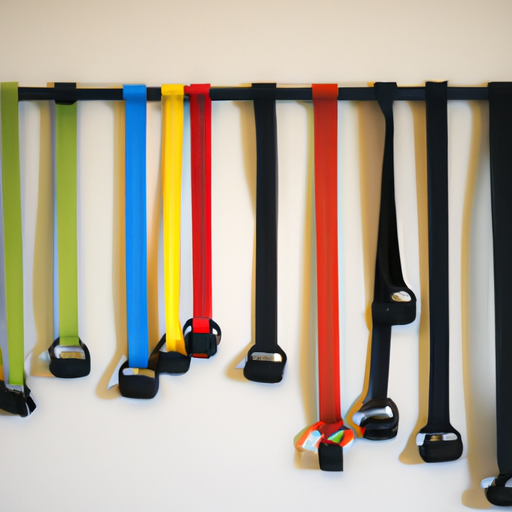
How to Use Resistance Bands for Injury Rehabilitation
Recovery from an injury can be a frustrating process, often filled with the longing to jump back into your usual activities. Thankfully, resistance bands offer a beacon of hope, often being a pivotal component in injury recovery, physical therapy, and building a stronger, more resilient body. Renowned for their versatility and effectiveness, resistance bands are the unsung heroes of rehabilitation.
In this guide, we’ll unravel how you can incorporate resistance band rehab into your recovery routine to safely and effectively regain your strength.
Why Choose Resistance Bands for Injury Recovery?
Resistance bands come in various strengths and sizes, making them a fantastic tool for injury recovery. But what makes them so special?
- Versatility: They can target nearly every muscle group, allowing you to focus on specific areas needing rehabilitation.
- Cost-effective: Compared to expensive gym equipment or physical therapy appointments, resistance bands are budget-friendly.
- Portability: Compact and light, they can be used at home, in the gym, or even on-the-go.
- Gradual progression: Different tensions allow gradual increase in difficulty—perfect for rehabilitation which requires slow, controlled movements.
Getting Started with Resistance Band Rehab
Diving into resistance band rehab requires a few simple steps. Here's how to get started:
1. Choose the Right Band
Select a band with appropriate tension. If in doubt, start light. You can always move up in resistance as you gain strength. Remember, the color coding of resistance bands typically represents different tension levels, so check your brand's guidelines.
2. Consult a Professional
Before beginning any rehab routine, speak with a physical therapist to tailor exercises to your specific injury and needs. Professional guidance ensures you’re doing the exercises correctly, minimizing the risk of further injury.
3. Establish a Routine
Consistent practice is key! Aim for 3-4 times a week, following the plan devised with your therapist. Don’t overdo it—listen to your body. If it says "nope, not today," maybe it's time for a little Netflix and chill instead.
Top Resistance Band Exercises for Rehabilitation
Let’s talk about some effective exercises using resistance bands for different types of injuries:
For Shoulder Injuries
- External Rotation: Attach a light band to a door handle. With your elbow bent at 90 degrees and tucked close to your body, pull the band outward. Feel like a stretch? Stop when it feels like you're giving your shoulder a well-deserved hug.
- Internal Rotation: The inverse of the external rotation; pull the band inward. Keep elbows close and spirits high!
For Knee Injuries
- Leg Press: Lie down, band around the foot, and press your leg against the resistance. Think of it as prepping those legs for a cha-cha slide.
- Hamstring Curl: Tie the band to something stable and around your ankle. Pull your foot towards your butt. Envision moving gingerly through muddy waters, building strength en route.
For Ankle Injuries
- Resisted Ankle Dorsiflexion: Tie the band to a heavy object and around your foot. Pull back on the band by flexing your foot. Imagine the band as warm taffy, resisting your pull.
- Ankle Eversion: With the band around your foot, move the foot out and away from the body. Channel your inner diva with this sassy side-to-side motion!
Common Mistakes to Avoid
Even resistance bands require finesse. Here are some common pitfalls:
- Going too hard, too fast: Remember, this is rehabilitation, not an adrenaline-pumping Avengers-style workout.
- Ignoring pain signals: Discomfort and pain are different. If it hurts, stop.
- Improper form: Ensure every motion is slow and controlled. Imagine you’re in a slow-motion movie scene, trying not to spill a cup of coffee.
Resistance Band Rehab: Maintaining Progress
Consistent practice will gradually rebuild your strength. As you recover, increase resistance or incorporate more reps and new exercises.
Celebrate small victories! Maybe avoid moonwalking before that sprained ankle fully heals, but a daily regimen with a resistance band can certainly make progress more satisfying.
Conclusion
Resistance band rehab provides a roadmap to recovery that is achievable and often enjoyable (once the initial grimaces subside). These flexible strips of magic offer diversity in exercises, support through injuries, and pave the path to returning stronger and more aware of one’s physical limits.
With the right guidance and steadfast commitment, resistance bands can make injury recovery an empowering experience. So, grab a band, get moving, and let the resistance guide you back to health!
